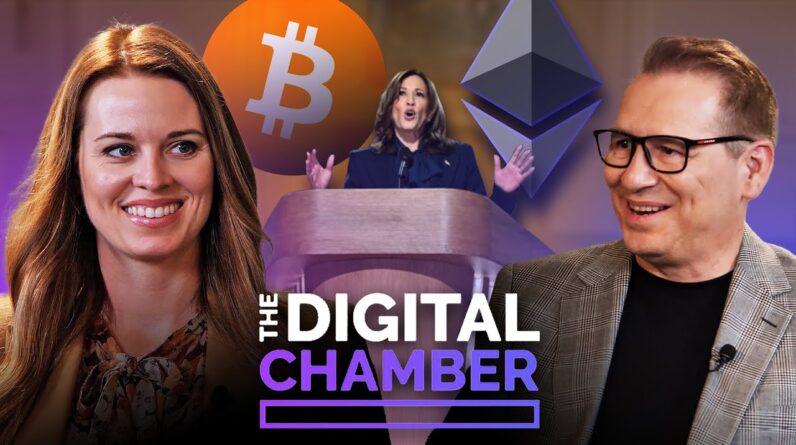
Affyn is building a blockchain-powered Metaverse project with a Free to Play, Play-and-Earn mobile game to rival the likes of Pokemon. Making full use of geolocation capability and AR mechanics, Affyn incorporates NFTs and their official currency, $FYN token.
Exploring the Unique Landscape of Web 3 Gaming: A Deep Dive into the Innovations and Potential
Introduction: In the ever-evolving realm of gaming, the emergence of Web 3 technology is revolutionizing the landscape. From unique gameplay experiences to innovative token economies, Web 3 gaming presents a plethora of opportunities for developers and gamers alike. In this article, we delve into the distinctive features of Web 3 gaming, focusing on notable projects and their potential impact on the gaming industry.
Understanding Web 3 Gaming: Web 3 gaming introduces novel concepts that differentiate it from traditional gaming models. With a focus on decentralization, interoperability, and tokenomics, Web 3 games offer players unparalleled freedom and ownership over in-game assets. Unlike their Web 2 counterparts, Web 3 games leverage blockchain technology to enable true asset ownership and facilitate transparent, secure transactions.
Exploring Notable Projects: One standout project in the Web 3 gaming sphere is Pow World, which has garnered over 25 million players since its release. This success underscores the potential of Web 3 gaming to compete with established platforms like Steam and Xbox. Additionally, projects like Afin are pioneering interoperability by integrating seamlessly with multiple blockchain networks, enhancing the overall gaming experience for users.
The Rise of Play-to-Earn: A key trend in Web 3 gaming is the advent of play-to-earn mechanics, where players can monetize their in-game activities. By leveraging blockchain-based tokens like FIN, players can earn rewards and enhance their gaming experience. This shift towards player empowerment and economic incentives is reshaping traditional gaming paradigms and attracting a diverse audience.
Interoperability and Real-World Integration: Web 3 gaming extends beyond virtual environments, incorporating real-world elements to enrich the player experience. Projects like Nexus World blur the lines between virtual and physical reality, allowing players to interact with real-world businesses and locations. This integration fosters deeper engagement and opens up new avenues for gameplay and interaction.
Partnerships and Collaborations: Collaboration is key to the success of Web 3 gaming initiatives, with projects seeking partnerships across various industries. By collaborating with brands, retailers, and other gaming projects, Web 3 games can tap into new markets and offer compelling experiences to players. Initiatives like the Miami City Sale exemplify the potential for synergies between gaming and real-world businesses.
The Future of Web 3 Gaming: As Web 3 technology continues to evolve, the future of gaming looks increasingly decentralized and immersive. With advancements in AR/VR technology and the proliferation of blockchain-based ecosystems, Web 3 gaming is poised for exponential growth. Developers and players alike are embracing this new frontier, paving the way for a more inclusive, innovative gaming industry.
Conclusion: In conclusion, Web 3 gaming represents a paradigm shift in the gaming industry, offering unprecedented opportunities for developers and players. By embracing decentralization, interoperability, and play-to-earn mechanics, Web 3 games are redefining the gaming experience and shaping the future of entertainment. As the sector continues to evolve, collaboration, innovation, and community engagement will be paramount in driving its success in the years to come.


![THESE BITCOIN WHALES JUST FOOLED EVERYONE! [Exact strategy....]](https://www.cryptocurrents.net/wp-content/uploads/2024/08/these-bitcoin-whales-just-fooled-everyone-exact-strategy-WhgubJxMmeA-796x445.jpg)

![WARNING: EVERY BITCOIN BEAR WILL BE LEFT CRYING [Huge chart.....]](https://www.cryptocurrents.net/wp-content/uploads/2024/08/warning-every-bitcoin-bear-will-be-left-crying-huge-chart-jgadWvvgEJw-796x445.jpg)

